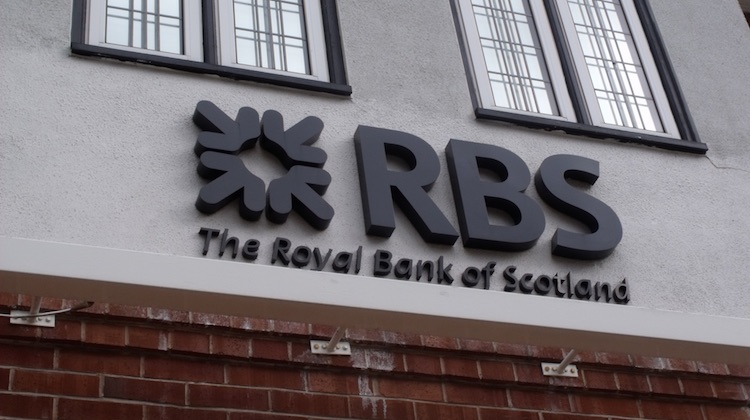The Customer Effect
Royal Bank of Scotland takes aim at challengers with digital-only bank
- The Royal Bank of Scotland is reportedly launching a digital-only bank to counter threats from challengers that are growing market share
- Incumbents' advantages are scale and resources, but challenger banks have raised the bar on customer expectations








